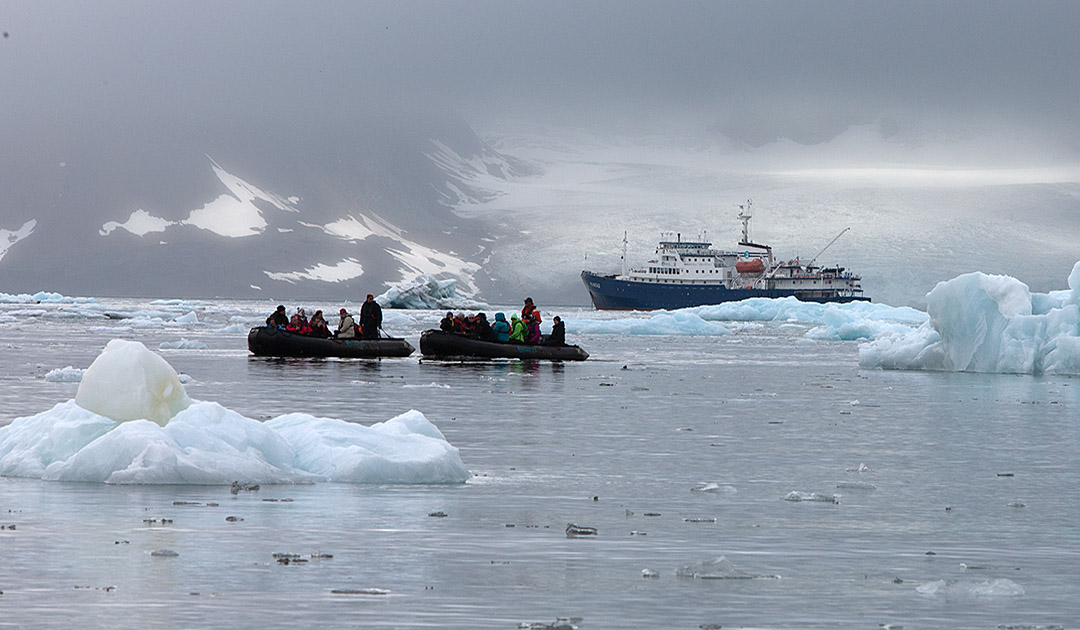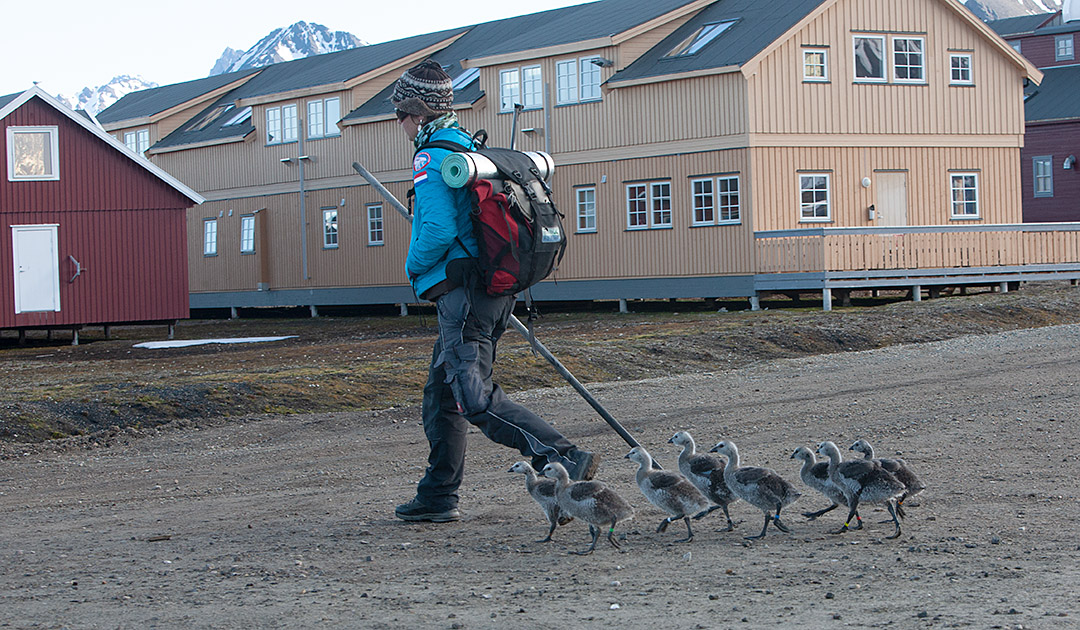
On June 12, the Norwegian government announced that expedition cruises on Svalbard will be allowed to operate again under certain strict conditions. The decision is based in part on a thorough work on the preparation of infection control guidelines for the expedition cruise industry, carried out by several government institutions and local stakeholders in cooperation with AECO, the Association of Arctic Expedition Cruise Operators.

AECO Managing Director Frigg Jorgensen is very satisfied: “We are pleased that the Norwegian government and local stakeholders are showing determination, willingness and cooperation to reopen to expedition cruises in Svalbard, which is an important contribution to the local tourism industry”.
The infection control industry guidelines for expedition cruises on Svalbard are based on comparable general guidelines of the tourist industry for Svalbard, which the authorities have previously drawn up in close cooperation with Visit Svalbard, the local tourist office in Longyearbyen. The reopening will take place under the existing national rules on entry and mandatory quarantine rules, which provide, for example, that, during a gradual approximation, residents of Norway – and from 15 June, with some exceptions, residents of the Nordic countries – will be able to travel to Svalbard.

Strict measures
Both the authorities and the cruise industry take appropriate measures to protect against infection very seriously, which is why the expedition cruise operators must meet very strict criteria in the first phase of reopening. “This includes, among other things, the requirement to carry only half of the maximum passenger capacity of a ship, an increased number of medical personnel on board and health certificates for guests. Each cruise operator will have to develop and apply individual plans based on the infection control industry guidelines, which will then be reviewed by the Governor of Svalbard,” says Frigg Jorgensen, adding: “It will take some time for all cruises – as we knew them – to resume, but this cautious, gradual and responsible start to the expedition cruise tourism in Norway and Svalbard is a very important step for the expedition cruise industry. affected by the discontinuation of operations. This is a start that gives hope to industry and other destinations”.
The extensive work, which led to a nearly 100-page guidance document on infection control, was carried out in close cooperation between the Department of Health and Care and the Department of Polar Affairs of the Department of Justice, while the Governor of Svalbard, as chairman of the Svalbard Preparedness Council, coordinated the work on site. With the participation of the Longyearbyen Hospital, the University Hospital in Northern Norway, the local government of Longyearbyen, the Longyearbyen Business Association and Visit Svalbard, AECO has put the infection control guidelines on paper.
In the event of a Covid-19 break out on board, ships must expect to be not allowed to Longyearbyen, but to the next major port of Tromso.
Passengers from countries other than those mentioned will still have to be patient. The Norwegian government had announced that it would comment on a possible opening for tourists from “nearby European countries” by 20 July.
The decision for non-Norwegian shipping companies to travel to Svalbard in the summer of 2020 will be difficult, as it will not be decided until 20 July whether passengers from non-Nordic countries will be allowed to enter at all.
The provision of the currently parked ships, as well as the crossing to Svalbard, also takes a few weeks and if the season had started operating, the season would have ended practically .
In addition, individual shipping companies and organisers will have to decide whether their vessels can operate economically at 50 percent maximum capacity.
Heiner Kubny, PolarJournal





